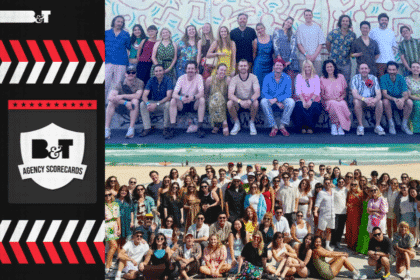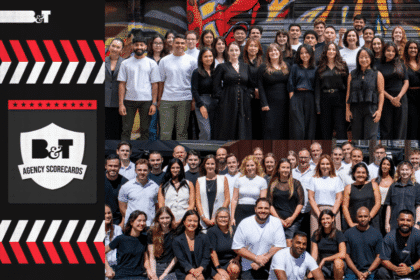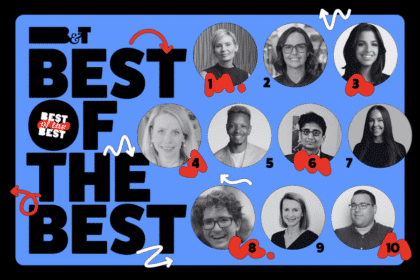Managing director of F4WARD Agency Fergus Kibble was an attendee at Wednesday’s Public Relations Institute of Australia’s (PRIA) seminar held as part of the Vivid Sydney and called ‘Creativity, Content and the Future of PR’. Here are his three major “a-ha moments” of the day.
![Fergus KIbble[1]](data:image/svg+xml,%3Csvg%20xmlns='http://www.w3.org/2000/svg'%20viewBox='0%200%20216%20271'%3E%3C/svg%3E) Customer experience should be at the heart of big ideas
Customer experience should be at the heart of big ideas
According to keynote speaker, Adam Good from Telstra, the best way to influence people is to focus on the customer experience, ensuring a company’s products and services deliver on brand promises.
Adam also talked about the important role PR plays at Telstra, which includes focusing multiple disciplines, combing creativity / content to create action-centric communication.
In the development of any Telstra comms campaign, big idea or consumer engagement piece, Adam relayed three important factors that Telstra considers:
Mechanics – What is at the heart of the idea or proposition? Are you nourishing the idea and proposition around the experience? How do you tell the story in different channels? Ultimately, “Why do I care about this idea”? You need to answer the most important meta-question: “What is in it for the customer”?
Dynamics – What behaviour are you looking for from the consumer? What do you want the consumer to do with the idea? What are they going to put into it and what are they going to take out of it? Do you want them to have involvement for an immediate, once-off action, or over time?
Aesthetics – What is the direct emotional response that you want the consumer to have when they interact? This is more than the look and feel – it is the emotional feeling that you want to create from that individual.
Reciprocity in value exchange
Shane Currey from Deloitte made an important and provocative point: brands should give in to the expectation of not getting anything back.
However Hausmann’s Creative & Strategy Director Lex Deasley challenged this, commenting that lots of brands are creating content to access audiences. Yet many brands don’t understand one basic truth: they need to have a purpose and a role in the experience or relationship that is being created, or there is no legitimate value exchange.
To create a value exchange the brand needs to ask the question “does this make people’s lives better?”
Public Relations role argued Deasley, is to help clients understand reciprocity in value exchange.
Build platforms not campaigns
Glen Cassidy, Founding Partner at Cake Wines, shared the terrific case study of his business which, although only a few years old, has already carved out a unique and strong market position.
Cake Wines has achieved this by focusing on celebrating sub-culture and not through mass marketing. For example, they donate 10% of proceeds to independent radio stations around the country, and commission emerging artists to create their labels via their prestigious annual Archi-bottle art competition. See the case study here.
Cassidy demonstrated that consumers who have deep levels of involvement in the communications from the brand ultimately foster a deeper brand connection. He says: “We push our ideas and try to push our creative thinking as far as we can so that people have a deep experience with our ideas and campaigns – our internal mantra is ‘to focus on building platforms, not campaigns’ and connect people and bring them together in a meaningful way that extends beyond the budget or period of time.”
The key take out: We should be thinking more broadly about ideas that last longer.
The session was inspiring, providing food for thought and grist for the mental mill. The final word came from Adam Good: “It is the most exciting time to work in the communications industry”. Hear! Hear!




![Fergus KIbble[1]](https://www.bandt.com.au/information/uploads/2015/06/Fergus-KIbble1.png)




